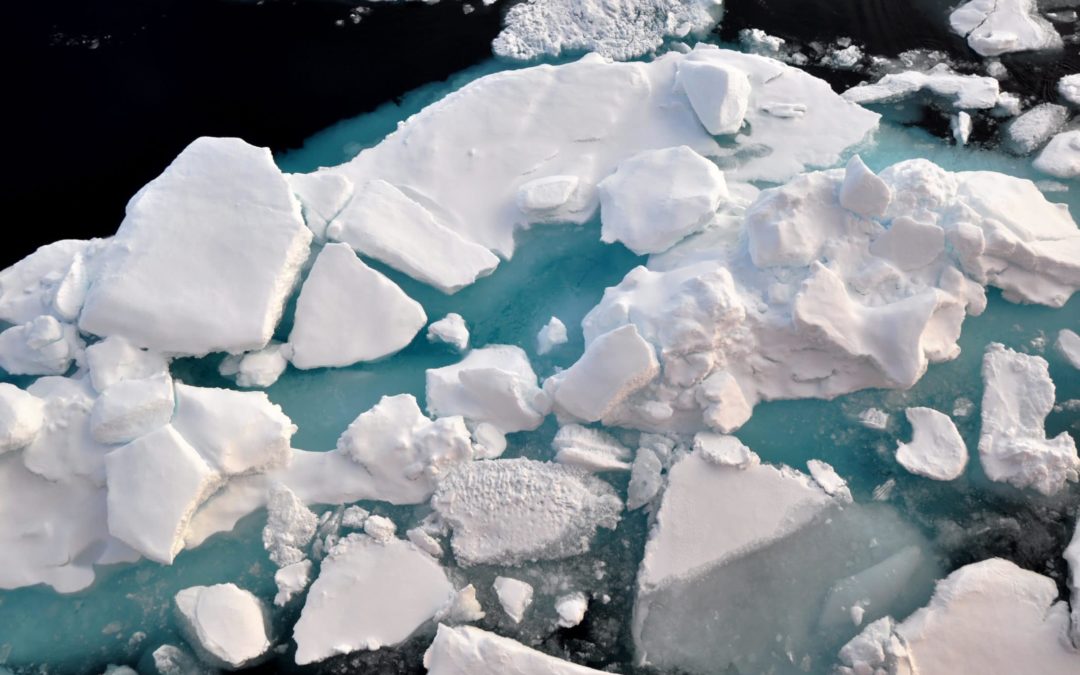SOURCE: The Narwhal
DATE: June 26, 2020
SNIP: The Arctic Ocean could absorb 20 per cent more carbon than previously predicted before the end of the century, according to a recent study.
It’s a jump that could result in even more acidification, jeopardizing marine wildlife.
About 7.5 billion tonnes of carbon was projected to be absorbed by the Arctic Ocean in previous estimates, said Jens Terhaar, the lead author of the research paper, released this month in the journal Nature. The new study — a joint undertaking between the University of Bern in Switzerland and École normale supérieure in Paris — found that this number is actually 1.5 billion tonnes higher (under what’s commonly known as the ‘business as usual’ or RCP8.5 high emissions scenario), reaching 9 billion tonnes of carbon absorbed by 2100.
While the Arctic Ocean represents 1 per cent of global seawater, it’s by far the most vulnerable to a changing climate, Terhaar said.
“That’s mainly just because it’s very cold and colder water holds more carbon.”
The Arctic, in general, will bear the most severe effects of climate change, the study says.
As the amount of carbon dioxide in the atmosphere increases, the planet warms and more of that carbon dioxide is dissolved in the surface of the ocean. The increase of dissolved carbon in the ocean decreases the ocean’s pH and also decreases the concentration of carbonate ion — a key component in the calcium carbonate used in the shells and skeletons of calcifying organisms.
These conditions produce water that will corrode shells, which a slew of marine organisms depend on to shore up their only line of defence against predators.
Oysters and pea-sized, swimming sea snails known as sea butterflies, for instance, can’t build their shells without calcium carbonate minerals, leaving them more susceptible to hungry marine mammals such as walruses and whales.
These creatures can adapt to aggressive changes to a degree, Terhaar said, but if acidification gets more pronounced, they simply won’t be able to keep up. He pointed to U.S. National Oceanic and Atmospheric Association laboratory tests that show the shell of the sea butterfly can almost completely disappear over a 45-day period when submerged in sea water with pH and carbonate levels projected for the year 2100.
Sea butterflies are as small as the pin of a head and are known to feed a wide variety of marine life from krill, to salmon to whales.
The Arctic Ocean is relatively shallow, making these sources of food easy pickings. If overfeeding occurs, there could be nothing left for marine mammals to eat, Terhaar said.
“I think it’s likely it’s going to be worse than before. It’s very hard to say what it’s doing to the food chain.”

